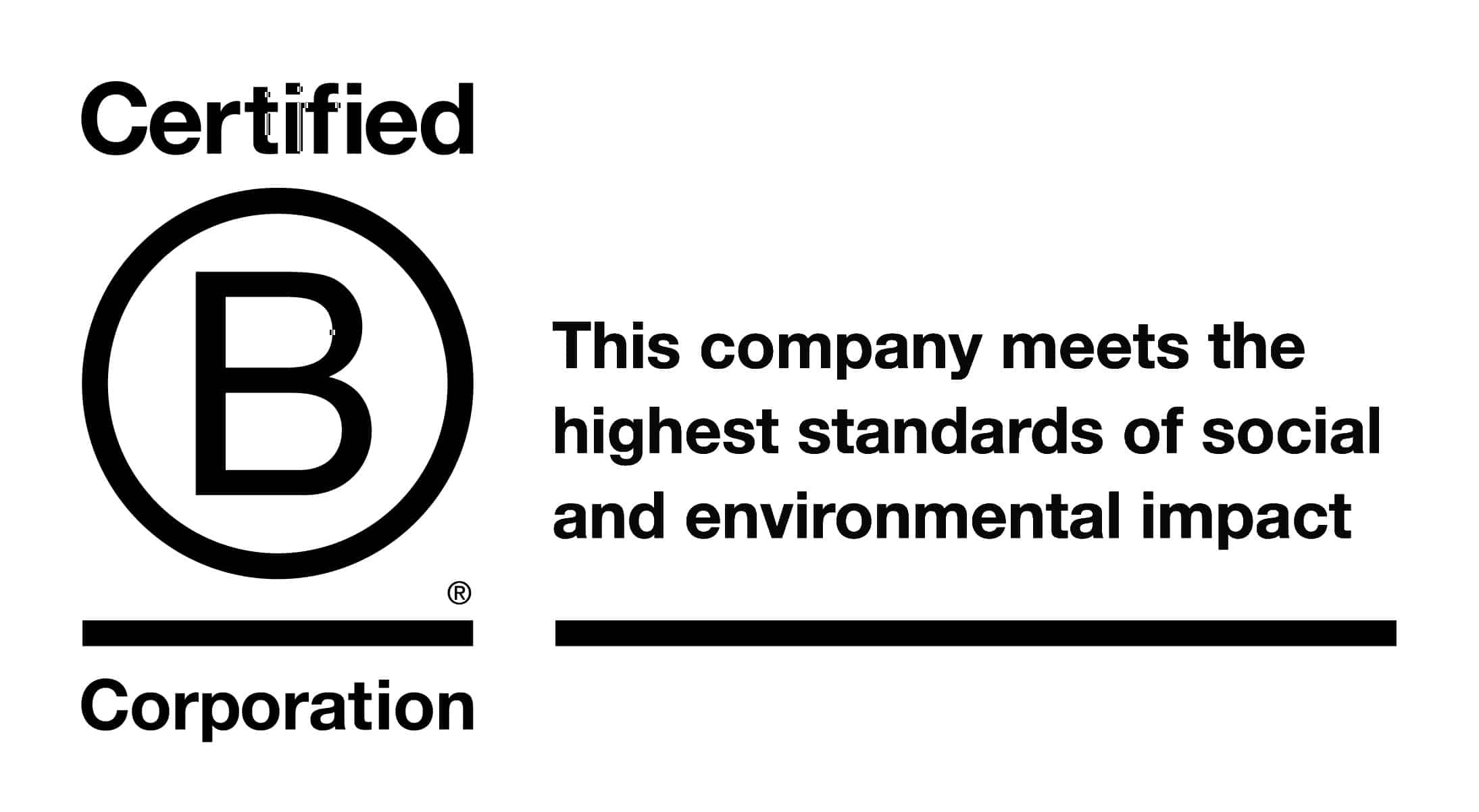Corrosion might sometimes be labeled as a minor affair that can easily be solved by simple due diligence and adequate treatment.
While there are actionable steps to take when facing corrosion, some opt out of doing so with the intention of cutting down on costs; corrosion is often seen as something ‘to live with’.
However, the lack of engagement in safe corrosion risk management can lead to catastrophic results.
One notorious case study for this matter is the Michigan water crisis that befell in Flint, from April 2014 to June 2016. Flint mandataries, who failed to properly address the situation, caused exorbitant losses and dire consequences to the population due to an evident lack of accountability on their part. Not only did this result in health issues in the community but a loss of trust in government.
When Saving Money Goes Wrong
It all began in 2014 when it was decided that the government would switch from the Detroit Water and Sewerage Department (DWSD) to the Flint River as the new elected water supply. The decision was also made to reduce water treatment additives in the piping network.
This was done with the intention of saving money in a context of financial emergency and diminished industrial activity. After all, the seemingly innocent maneuver would spare the state an alleged sum of $5 million dollars in less than 2 years. Yet, the unintended consequences of this switch far outweighed any possible advantages.
Lack of Accountability Rears Its Ugly Head
Needless to say that many suspected beforehand that switching the water supply to the Flint River would not be wise, since that river has been well-known for being General Motors’ waste disposal location for many years.
With the passing of time, the evidence started racking up, all while the government was trying its best to sweep the affair under the rug and save face by minimizing the situation in the presence of glaring evidence.
Over a period of 18 months, the Flint community was supplied with contaminated water causing itchy skin, hair loss and rashes. Elevated lead levels were seen in children which can increase the risk for developmental issues.
The Aftermath
A conclusive study from September 2015 showed that water contained extremely high levels of lead, caused by corrosion within a pipe distribution system being exposed to river water that lacked correct corrosion treatment.
Furthermore, the lack of proper water treatment in itself also led to an outburst of the Legionnaires’ disease, coupled with high concentrations of trihalomethanes, a cancerous substance, all of which presumably killed 12 people in the span of less than a year.
While diverse influential people such as the EPA regional manager at the time, Miguel Del Toral, expressed severe concerns about the lack of lead control measures, the government was still hellbent on adhering to the new water treatment regimen due to financial pressures.
It all came to an end in October 2015 when the government decided to switch back to the original water treatment system, not without leaving a trail of mistrust, long-lasting negative health effects in the residents of Flint, Michigan for many years to come, and an astounding sum of $350 million dollars in total costs of financial burden.
Although charges were pressed against the leaders that occasioned the public health disaster, including Michigan’s governor at the time Rick Snyder, they were later dismissed.
Corrosion Damages More Than Just Piping
Corrosion damages much more than piping. For this reason, it is imperative to engage in safe due diligence practices and corrosion risk management measures that mitigate any possible risks for health.
If your company is looking to reduce the risks and costs associated with corrosion feel free to Contact Us here at Ice Dragon Corrosion for a free consultation. Our team of corrosion experts and engineers would be happy to discuss what steps can be done to improve your operation’s corrosion risk management.





